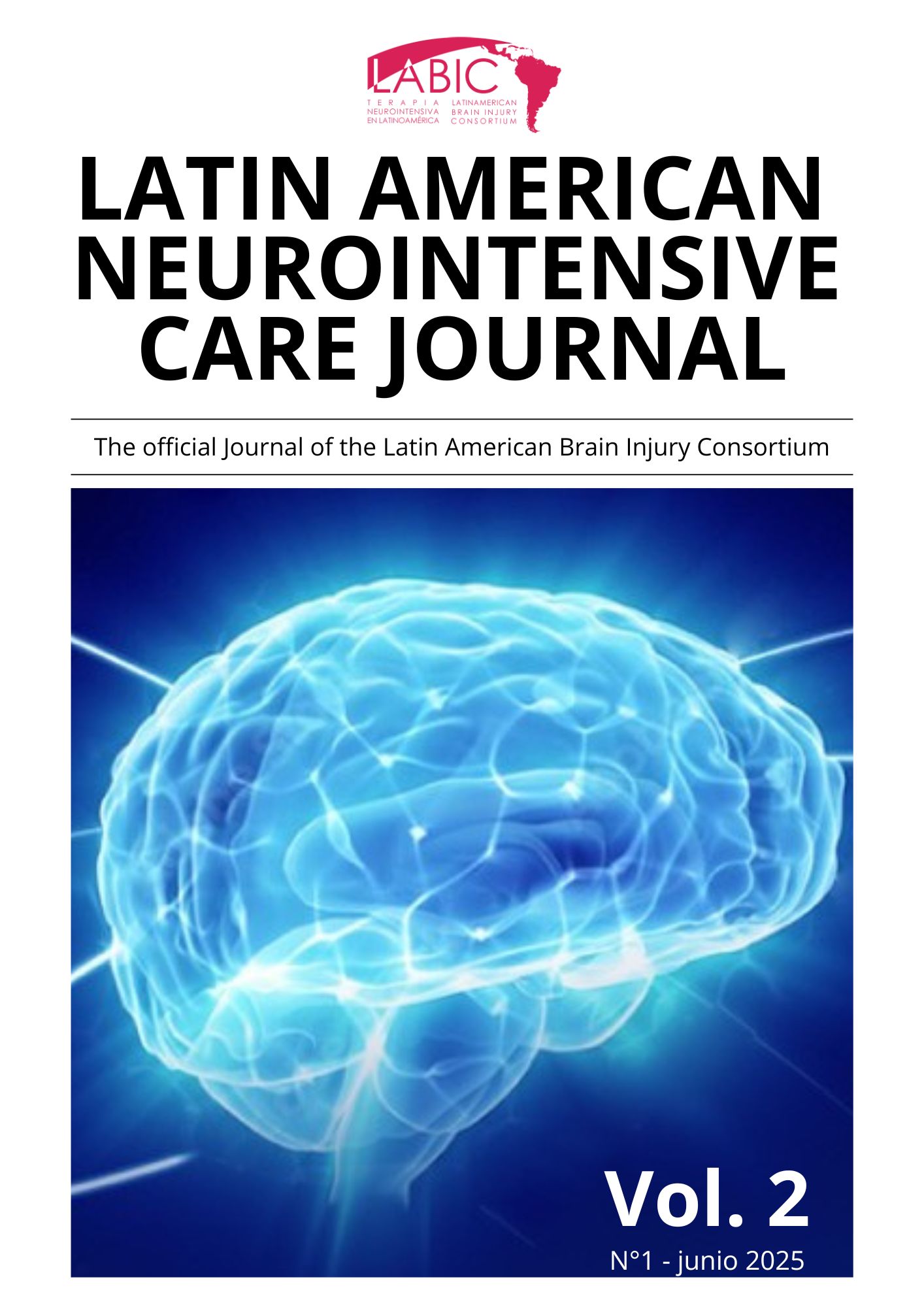How do we measure the optic nerve sheath diameter?
Palabras clave:
Optic nerve sheath diameter, ultrasound, intracranial hypertensionResumen
Intracranial hypertension (ICH) is an emergency situation in neurocritical care patients, as, if not controlled and treated aggressively, can lead to brain herniation, death and unfavorable outcome. Therefore, it is fundamental to manage ICH in order to minimize secondary brain injury.
In many conditions, the patients can present ICH for a long time before inserting an invasive catheter to detect it, or in some conditions, the invasive catheter may not be available or might be contraindicated. Non-invasive methods may be interesting surrogates to raise the suspect or exclude ICH.
Among these, the ultrasound measurement of the optic nerve sheath diameter (ONSD) may be one of the most accurate and affordable methods. The advantages of ONSD measurement are its availability, relatively quick training, the possibility to be performed at patients’ bedside and repeatability.
In order to reduce the interobserver variability, it is important to respect some methodological points, ideally using a protocol to guarantee high quality and consistent data. The cutoff for the diameter measurement to define ICH is not uniform across the studies. However, some strategies can be used to reduce the variability among measurements.
In this viewpoint, we discuss a methodological plan for the ultrasonographic measurement of the optic nerve sheath diameter, the clinical applications of this method, the advantages and limitations of using this non-invasive method to detect ICH as soon as possible.


